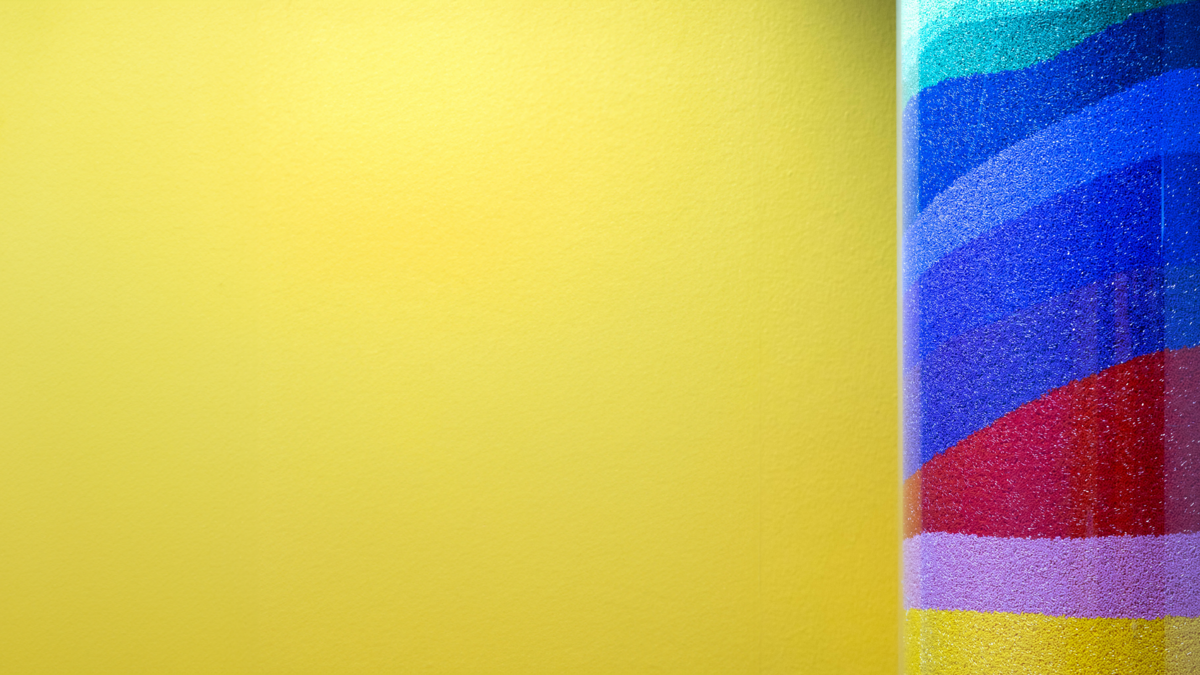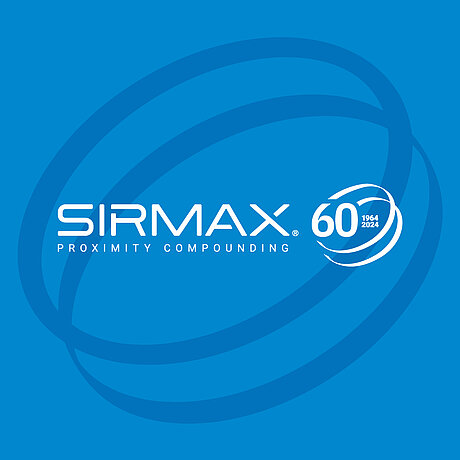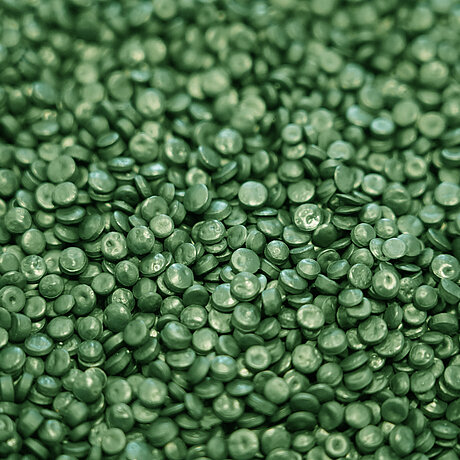The color technique in San Vito
al Tagliamento Plant
How do you get colored plastics?
Although plastics usually occur almost entirely colorless in nature, color also plays a key role in the plastics industry. In fact, starting with the compound from which the different end products are made, color is one of the elements of product customization and differentiation.
Thanks to Sirmax's R&D centers specializing in color research, its product portfolio has a wide range of colors that allow for both traditional colored plastics and metallics, pearlescents, transparencies and iridescents.
So what does the color of a plastic depend on?
Color essentialy depends on:
1. Lighting: different lamps influence the perception of the colour of an object.
2. Object: the colours absorbed by the object determine what we see.
3. Observer: the perception of colour is subjective and depends on the individual or the equipment used.
Color references include standards such as RAL, Pantone and NCS, or painted metal parts, as well as customised colours, with the characteristics of the substrate influencing the choice of pigments/colourants to be used. In the study phase, it is important to understand the final application and the characteristics of the different types of colours (pigments and dyes). For example, if the item is exposed to light and weather, stable pigments that maintain the colour over time are preferable. On the other hand, for very bright colours, polymer-compatible dyes can be used. More complex colours include metallics and coloured transparencies, which require special considerations with regard to reading angles and material thicknesses. Sirmax product portfolio has a wide range of colours ranging from traditional colours to metallics, pearlescents, transparencies and iridescents. To achieve the right colour, we use colorimetric spectrophotometers that simulate human vision to evaluate colour and acquire colour data for comparison. There are various types of spectrophotometers suitable for different end-uses. None of these, however, beats the sensitivity of a trained eye.
A significant project carried out at the San Vito R&D centre was the development of a polycarbonate for the eyewear industry, where specific dyes were used to absorb certain colours and UV rays. This project together with the others developed at San Vito have led to an improvement in skills that allow Sirmax to broaden its spectrum!
Ask to Sirmax's technical sales team how to develop your custom compound!






